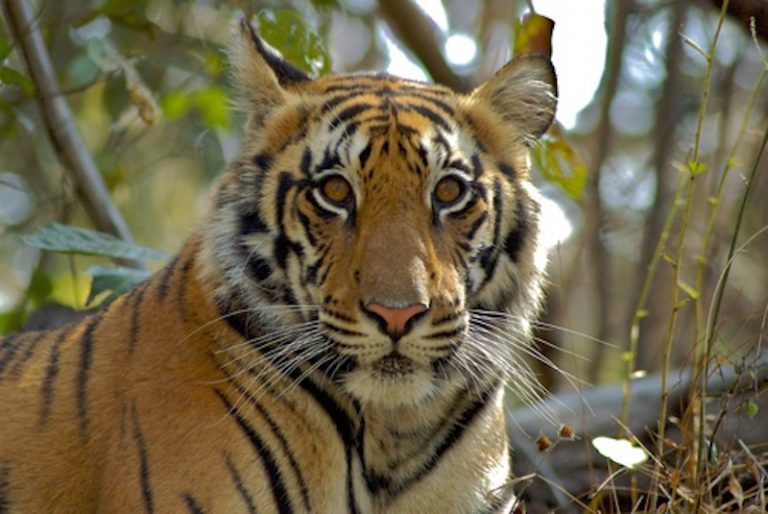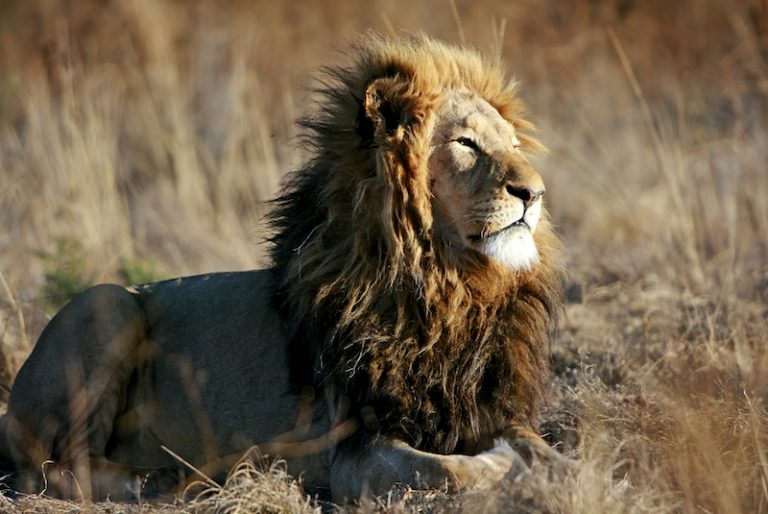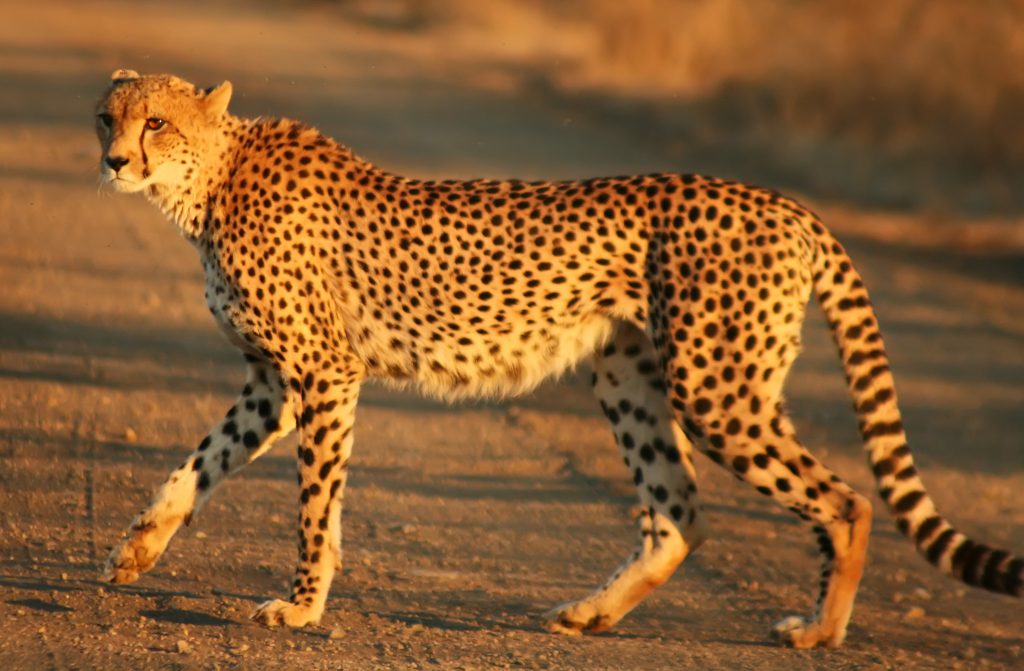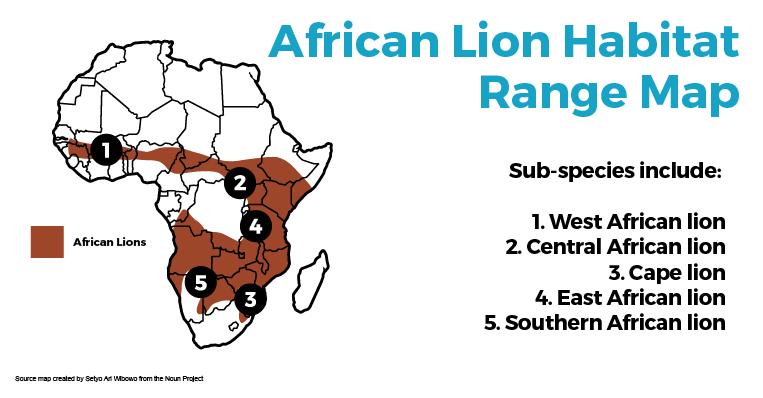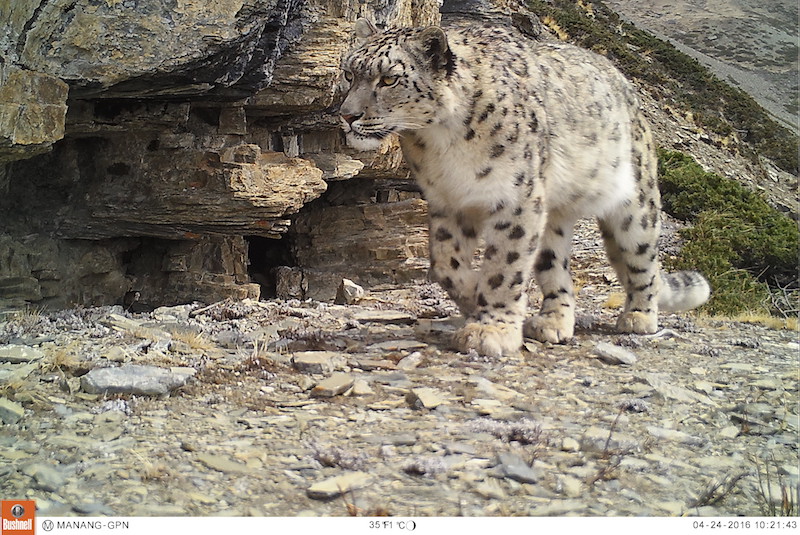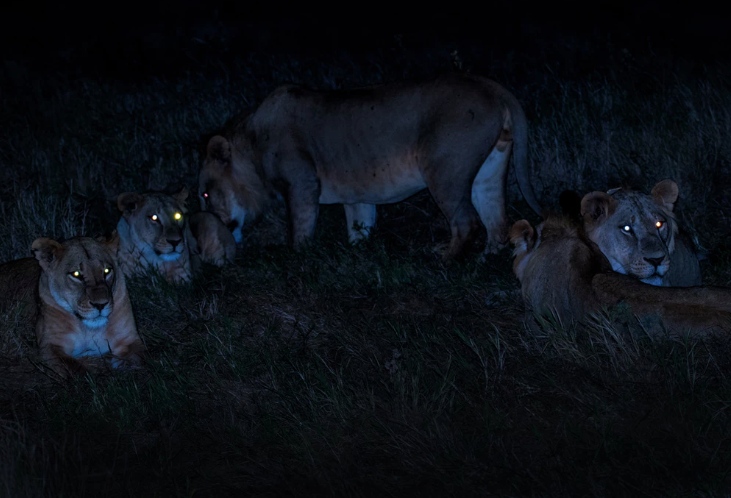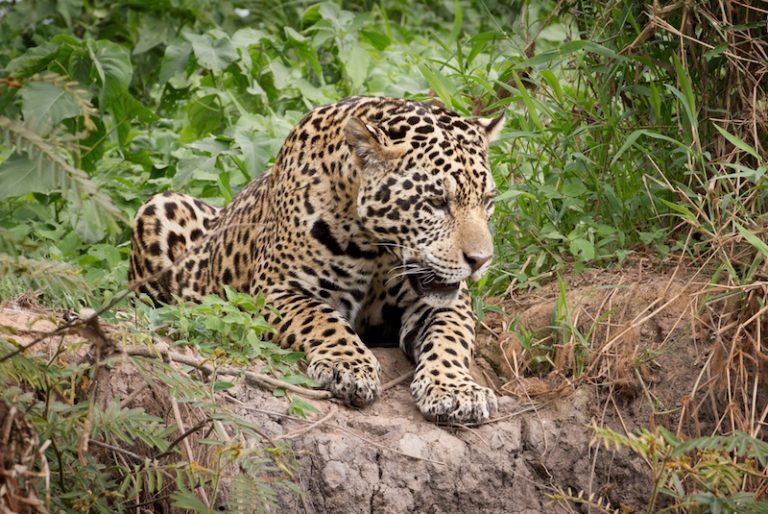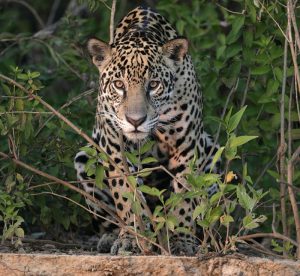Tiger Facts
More About Tigers
The tiger holds a unique place in the human imagination. They have been revered in mythology, worshipped as gods, symbolized in constellations, and feared as man-eaters. In a recent Animal Planet poll, these cats were voted the world’s favorite animal.
Most researchers estimate that there are fewer than 4,000 left in the world. They are threatened primarily by loss of habitat, poaching, and conflicts with humans.
Tiger Facts & Tidbits
- The majority of surviving tigers are Bengal tigers, many of them living in India. Their patterns of stripes are unique which researchers use to tell individuals apart.
- These creatures have been spotted at altitudes as high as nearly 15,000 feet (4,500 meters).
- According to researchers, these cats kill as many as 50 large animals a year for food.
- Female tigers reach sexual maturity between three and four years while males generally take four to five years before mating. They have been reported to live as long as 26 years in the wild, longer than any other big cat.
Distribution
At one time, tigers lived across Asia from Turkey to as far east as Indonesia. They have disappeared from more than 90 percent of their range over the past hundred years including large areas in Southeast and Eastern Asia. According to the IUCN, tigers now survive in thirteen countries across Asia: Bangladesh, Bhutan, Cambodia, China, India, Indonesia, Lao PDR, Malaysia, Myanmar, Nepal, Russia, Thailand and Vietnam.
Status
IUCN Status: Endangered / Population Trend: Decreasing
In addition to the current threats, tigers were nearly wiped out in the 1800’s and 1900’s by intensive hunting. Hunting was commonly done by wealthy individuals who kept their furs as trophies.
Of the nine historic sub-species, three have become extinct. Some of the world’s first parks were created as hunting reserves by Indian royalty and later colonial rulers.
Photo Credit: Wildland Adventures
Read Steve Winter’s Photo Essay ‘Eye of the Tiger’, a photo essay on tiger conservation and poaching in India.

